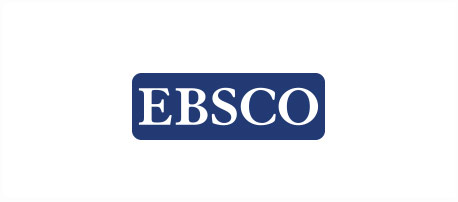Prediction of Boiling and Melting Points for Some Substituted Alkanes and their Isomers using Group Contribution Techniques
DOI:
https://doi.org/10.64290/bima.v9i2A.1090Keywords:
Boiling Points, Melting Points, Substituted Alkanes, Isomers, Group Contribution Techniques.Abstract
The prediction of thermodynamic properties such as boiling (Tb) and melting (Tm) points is fundamental in chemical process design. This study evaluates the performance of three Group Contribution Techniques (GCTs): Constantinou – Gani (C & G), Marrero – Gani (M & G), and Joback – Reid (J & R) — in predicting two thermodynamic properties for selected substituted alkanes (SAs) and their isomers. The results indicate significant variations in predictions, with the J & R method generally estimating higher Tb, while the M & G method provides lower Tm values for most compounds. Discrepancies among the methods highlight the influence of molecular structure and functional groups on phase transition properties. The mean absolute error (MAE) across the methods was found to be 35.38 K for Tb and 39.06 K for Tm, highlighting variability in predictive accuracy. Standard deviation analysis further revealed significant fluctuations, with an average of 50.17 K for Tb and 51.21 K for Tm. Analysis of variance indicated no statistically significant difference between the three methods for Tb and Tm, suggesting that all three models perform comparably despite individual discrepancies. The findings underscore the need for further refinement of predictive models to enhance their reliability for industrial and research applications.




